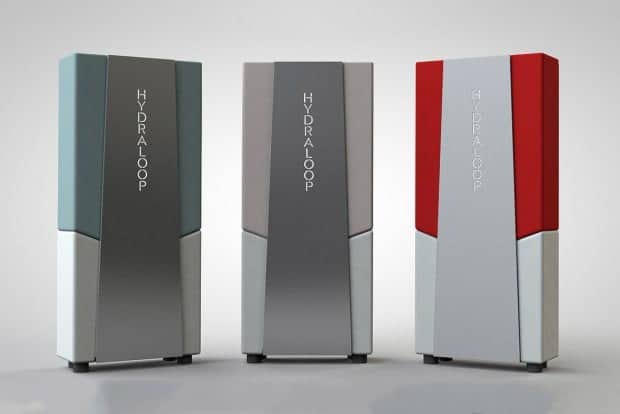Water is precious and will become more so in the coming years, it is a reality that we have been facing for some time, and it will only get worse. In science fiction films like "Dune" there are characters, the "Fremen", who wear special suits to recover water from the body and survive in the desert using very little. One can only imagine what they would have thought watching us take a shower and throwing hundreds of liters of water into the sewers, as if it were waste and not a precious commodity.
Winner of this year's Best of Innovation award in the sustainability category CES2020, Hydraloop is a residential water recycling system that installs relatively easily, can treat about 95% of shower water and 50% of washing machine water, and cuts your water utility bill in half.
85% of total domestic water is not drunk: it is used in toilets, washing machines, swimming pools, gardens, pipes and more.
Hydraloop states on its official website of being able to save approximately 45% on water use and wastewater production, in a low maintenance, self-cleaning unit that does not use membrane filters that need to be replaced. Instead, it treats the water using sedimentation, flotation, dissolved air flotation, foam fractionation, UV disinfection and an aerobic bioreactor to clean it. And the bill is halved.
Recycle your home water and also save energy
Interestingly, there are also energy savings, as Hydraloop keeps the water at room temperature. This means that in colder areas, you are not wasting heat energy by bringing cold water into your tank at room temperature. The company claims that this energy saving alone can reduce energy consumption by up to 600 kWh per year.
If the unit detects a failure in a component, it shuts down and stops supplying recycled water. There's a smartphone app to monitor what's going on with the Hydraloop, and larger homes and hotels can run multiple units in parallel to handle much more flow.
The price? It's not like drinking fresh water
At around 4000 euros per unit, Hydraloop is not super cheap. It is true that the bill is halved, but there is some reasoning to be done. The average Italian family pays around 420 euros a year for water, paying 4000 to reduce the bill by 45% is an investment that will last well over 10 years (also because the expenses do not include work on the system).


